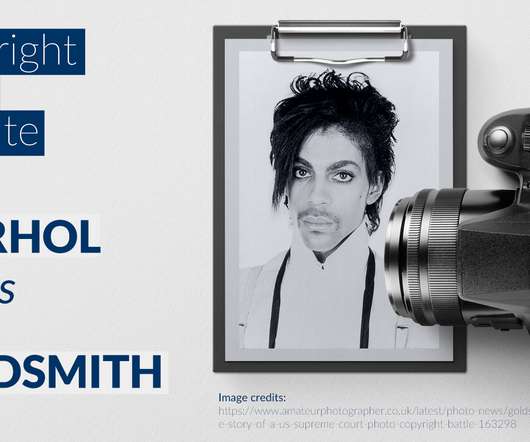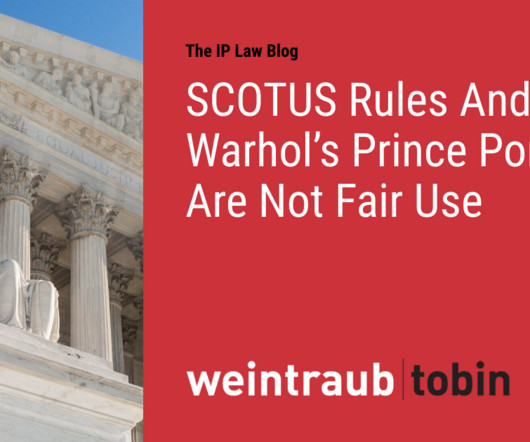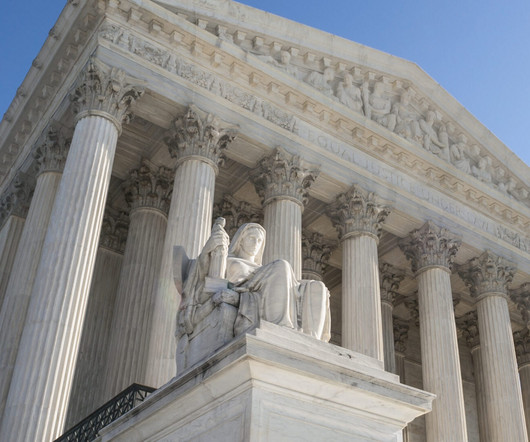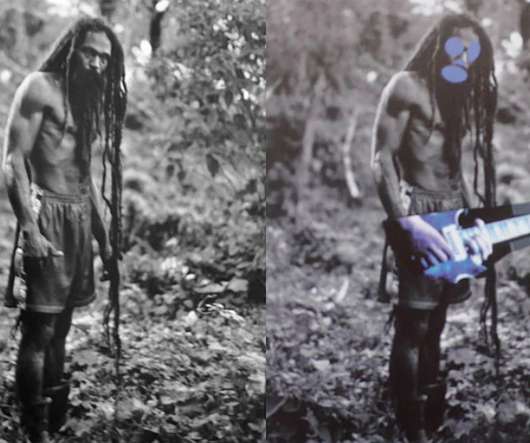Infographic | Copyright legal dispute
Olartemoure Blog
JANUARY 18, 2023
In 1984, Vanity Fair licensed one of her black-and-white studio portraits for $400 and commissioned Warhol to create a piece for a feature of Prince. He used a cropped photo based on one of Goldsmith’s images to create his artwork. There was no image copyright credit or compensation to Lynn Goldsmith.




























Let's personalize your content